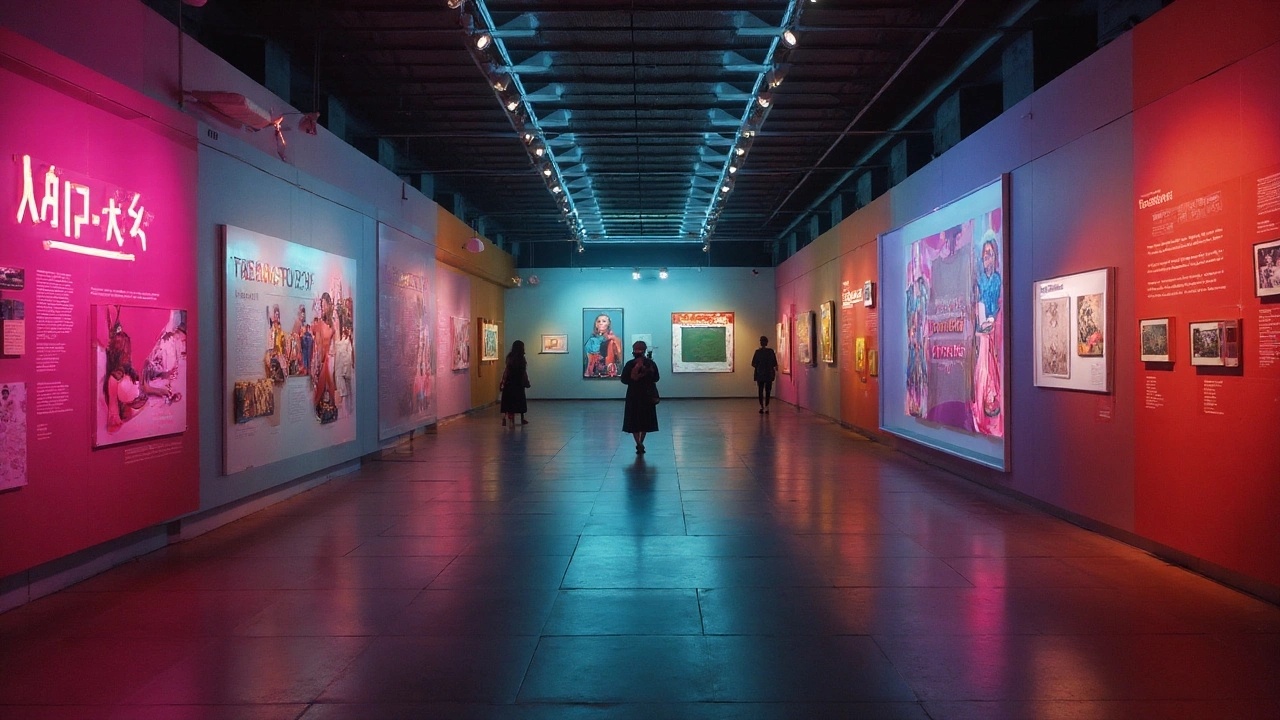Conceptual Art: What It Is, Where It Came From, and How to Dive In
When you hear "conceptual art" most people picture a weird installation or a blank canvas. The truth is simpler: the idea behind the work matters more than how it looks. Artists create something to make you think, question, or feel a point they care about. If you can grasp the concept, the visual part becomes a bonus, not the whole story.
Where the Idea Started
Conceptual art grew out of the 1960s – a time when artists were tired of just painting pretty pictures. They wanted to shake up the gallery system and say, "My message is the art." Think of Marcel Duchamp’s Fountain, a urinal signed with a fake name. It wasn’t about the porcelain; it was about who decides what counts as art. Later, Sol LeWitt wrote wall‑drawing instructions that anyone could follow, proving that a set of directions can be art too.
These pioneers proved that a concept, a set of rules, or a story can be the artwork itself. That shift opened the door for younger creators to use text, performance, or even everyday objects to get their points across.
How to Recognize Conceptual Art
Look for three clues. First, the piece often includes words, instructions, or documentation. Second, the material can be cheap or recycled – think cardboard, found objects, or even digital files. Third, the artist usually provides a backstory or explains the idea in an artist’s statement. If you find yourself asking "Why did they choose this?" more than "What does it look like?", you’re probably looking at conceptual art.
Examples you might have seen include Yoko Ono’s "Cut Piece" where the audience trims her clothing, or Damien Hirst’s Spot Paintings that question originality by repeating the same pattern thousands of times. Both works push you to think about control, consumerism, and what makes something valuable.
Want to explore on your own? Start with a simple exercise: write a short instruction for a piece of art you could make at home. It could be "Arrange three coffee mugs in a line and label each with a memory". Follow the steps, take a photo, and share the idea with a friend. The goal isn’t to create a masterpiece; it’s to see how a concept can become an artwork.
If you prefer visiting galleries, look for sections labeled "Conceptual" or "Installation" – they often house these ideas. Many modern museums rotate conceptual pieces, so check upcoming exhibition lists. You’ll notice that the experience can feel more like a conversation than a visual display.
Conceptual art also blends nicely with other trends like digital art, AI creations, and even street art. Artists now use code, virtual reality, or social media to spread ideas instantly. The core principle stays the same: the concept drives the work.
Bottom line? Conceptual art isn’t a secret club; it’s a way of thinking about what art can do. By focusing on the idea, you can appreciate works that might otherwise look confusing or boring. Next time you see a piece that makes you ask questions, you’re probably experiencing conceptual art at its best.
